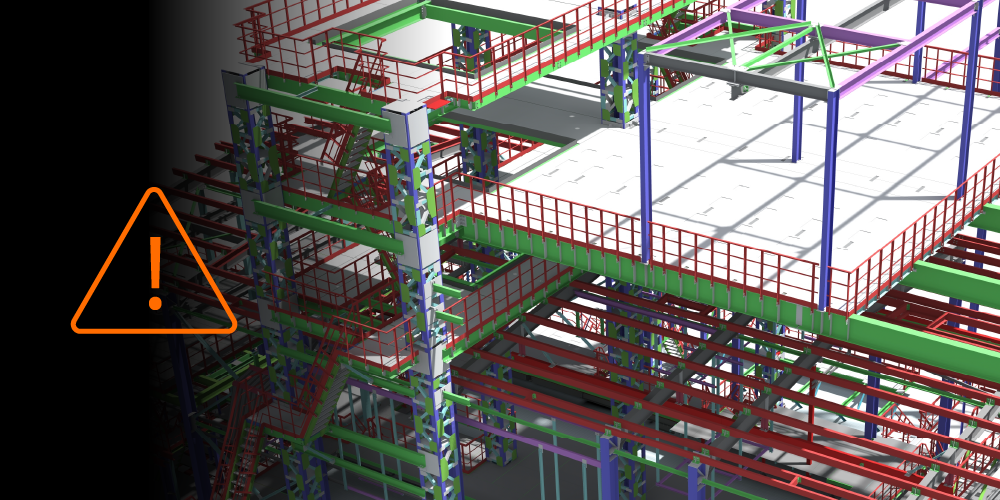Related Articles
— 5 min read
Key Differences Between Contractors and Subcontractors

Last Updated Dec 5, 2025

Josh Krissansen
47 articles
Josh Krissansen is a freelance writer with two years of experience contributing to Procore's educational library. He specialises in transforming complex construction concepts into clear, actionable insights for professionals in the industry.
Last Updated Dec 5, 2025

In commercial construction, contractors engage directly with project owners to deliver complete construction projects, while subcontractors perform specific scopes of work under the contractor's management.
Understanding where each role begins and ends helps reduce overlap, streamline communication, and keep projects moving without unnecessary friction.
This article breaks down the core differences between the two roles from contractual relationships and site responsibilities to how each contributes to project delivery.
Table of contents
Independent Contractors in Construction
A significant portion of Australia’s construction workforce operates as independent contractors. These individuals or businesses are engaged under contract to deliver specific work packages, managing their own operations and commercial obligations.
Independent contractors function as standalone entities. They:
- Assume commercial risk
- Hold their own insurance
- Meet tax and superannuation requirements without employer oversight
This classification has important implications, because under ATO guidance, independent contractors are subject to a different set of legal and compliance obligations.
In Australia, “independent contractor” is an umbrella term, encompassing both head contractors and subcontractors. While the legal status may be similar, their contractual relationships and on-site responsibilities differ significantly.
The Difference Between Contractors and Subcontractors
| Contractor | Subcontractor | |
| Relationship to Owner | Engaged directly by the project owner | Engaged by the contractor |
| Scope of Responsibility | Oversees the full scope of works | Delivers a defined, trade-specific package |
| Management Duties | Manages the entire project and all subcontractors | Manages their own work and team |
| Risk and Liability | Holds broader commercial and delivery risk | Responsible for the performance of their scope |
| Contractual Agreements | Holds the contract with the owner | Holds a subcontract with the contractor |
The Role of Head Contractors in Construction Projects
Head contractors manage and deliver the overall construction project for the client. They hold primary accountability for coordinating work across all stages, ensuring the project is delivered on time, on budget, and to the required quality and compliance standards.
Contracting Party
Head contractors enter into a direct contractual agreement with the project owner. Under this agreement, they assume legal responsibility for delivering the entire scope of work.
They manage a network of subcontractors and suppliers through a series of subcontracts issued under the head contract.
Responsibility
Head contractors are responsible for maintaining compliance with all applicable safety, regulatory, and environmental standards. They oversee project communication between key stakeholders, including consultants, clients, and subcontractors.
Their role also includes:
- Project administration
- Issue resolution
Scope of Work
While they may self-perform certain aspects of the build, head contractors are primarily responsible for project oversight.
Their remit covers the entire project lifecycle from early planning and procurement through to construction delivery and final handover.
This includes:
- Sequencing trades
- Maintaining control over schedule, cost, and quality performance
The Role of Subcontractors in Construction Projects
Subcontractors perform defined portions of work within a larger construction project.
They bring trade-specific expertise to tasks such as electrical, plumbing, concreting, and finishing work, contributing to the broader delivery program without holding a direct contractual relationship with the client.
Contracting Party
Subcontractors are contracted by the head contractor, not the project owner. Their agreements outline terms, deliverables, timelines, and compliance obligations that align with the requirements of the main contract. Their legal and operational obligations flow through the head contractor.
Responsibility
Subcontractors are responsible for delivering their agreed scope of work safely, on time, and to specification. They must comply with:
- Relevant Australian Standards
- Safe Work Australia legislation
- Site-specific safety or environmental requirements.
Subcontractors also coordinate with other trades and provide regular progress updates to the head contractor.
Scope of Work
Subcontractors typically focus on a single trade or specialist service. Their role is confined to particular stages or segments of the build, with sequencing and access usually controlled by the head contractor.
In more complex projects, subcontractors may engage sub-subcontractors to handle highly-specialised work.
Improving Communication With Subcontractors
In construction, miscommunication remains a leading cause of delays, rework, and site conflict. Head contractors need to take full responsibility for how information is shared with subcontractors, from onboarding through to handover.
Subcontractors should know exactly where to find updated documents, who to report to, and how to escalate issues. Consistent processes minimise confusion.
Key actions for improving communication with subcontractors include:
- Setting a clear chain of command so subcontractors understand reporting lines and approval points
- Using a centralised system to manage drawings, RFIs, variations, and other project documentation
- Providing written site instructions rather than relying on verbal briefings or informal chats
- Running pre-start meetings to confirm daily tasks, site access, and trade sequencing
- Documenting changes as they happen, with clear guidance on what needs to be done differently
Why Understanding the Difference Matters
Understanding the distinction between contractors and subcontractors affects risk management, expectations, and workflow efficiency.
When roles lack clarity, projects face avoidable delays, communication breakdowns, and cost blowouts.
Risk Management
Head contractors hold overall responsibility for project delivery and carry the commercial risk attached to it. Subcontractors, on the other hand, are accountable for delivering their specific scope in line with safety and compliance requirements.
If responsibility is not properly defined, key obligations may be missed or assigned to the wrong party. This can result in insurance complications, disputes, or non-compliance with regulatory standards.
Communication and Reporting
Head contractors are responsible for issuing instructions, maintaining documentation, and coordinating updates across all trades. Subcontractors need clarity on how and when to report progress, raise concerns, or respond to changes.
Establishing these expectations upfront reduces confusion and helps avoid errors that impact timelines and quality.
Payments and Workflows
Head contractors typically invoice the client based on project milestones or a cost-plus arrangement, while subcontractors are usually paid via progress claims and may be subject to retention clauses.
Treating these workflows as interchangeable can disrupt cash flow, cause processing errors, and increase the risk of payment disputes.
Technology Needs
Head contractors require systems that support scheduling, subcontractor performance tracking, and client reporting. Subcontractors are more likely to need simple, task-focused tools for site instructions, documentation, and daily updates.
While shared platforms help unify project delivery, each role benefits from tailored workflows that match their scope and responsibilities.
Understanding the difference between contractors and subcontractors supports project clarity and performance
Clear boundaries between contractors and subcontractors create more predictable delivery and fewer on-site issues. When roles are properly defined, projects benefit from transparent accountability and optimal resource allocation across all phases.
See what’s coming in construction over the next decade.
Download the Future State of Construction Report for insights, trends, and innovations shaping the industry over the next 8–10 years.

Categories:
Written by

Josh Krissansen
47 articles
Josh Krissansen is a freelance writer with two years of experience contributing to Procore's educational library. He specialises in transforming complex construction concepts into clear, actionable insights for professionals in the industry.
View profileExplore more helpful resources

Managing Direct Costs in Construction: How Visibility Drives Profitability
Direct costs define the financial reality of every construction project. They cover the labour, materials, and equipment that drive delivery and determine profitability. But even the best-planned budgets can shift...

BIM Clash Detection: Reducing Rework, Delays, and Risk in Construction
Design clashes can be a significant hidden cost in construction, as each conflict between systems risks expensive rework, project delays, and reduced margins. BIM clash detection empowers teams to identify...

Next-Gen Job-Costing: Ready to Move? 5 Things to Consider Before You Get Started
In this three-part series, Quantity Surveyor turned Financial Solutions Specialist Clint Burgess uncovers the real-world gains for people, processes, and profits when businesses move from legacy to next-generation Enterprise Resource...

From Workarounds to Workflow: Solving Construction’s Legacy Job-Costing System Challenges with Next-Gen Tools
In this three-part series, Quantity Surveyor turned Financial Solutions Specialist Clint Burgess uncovers the real-world gains for people, processes, and profits when businesses move from legacy to next-generation Enterprise Resource...
